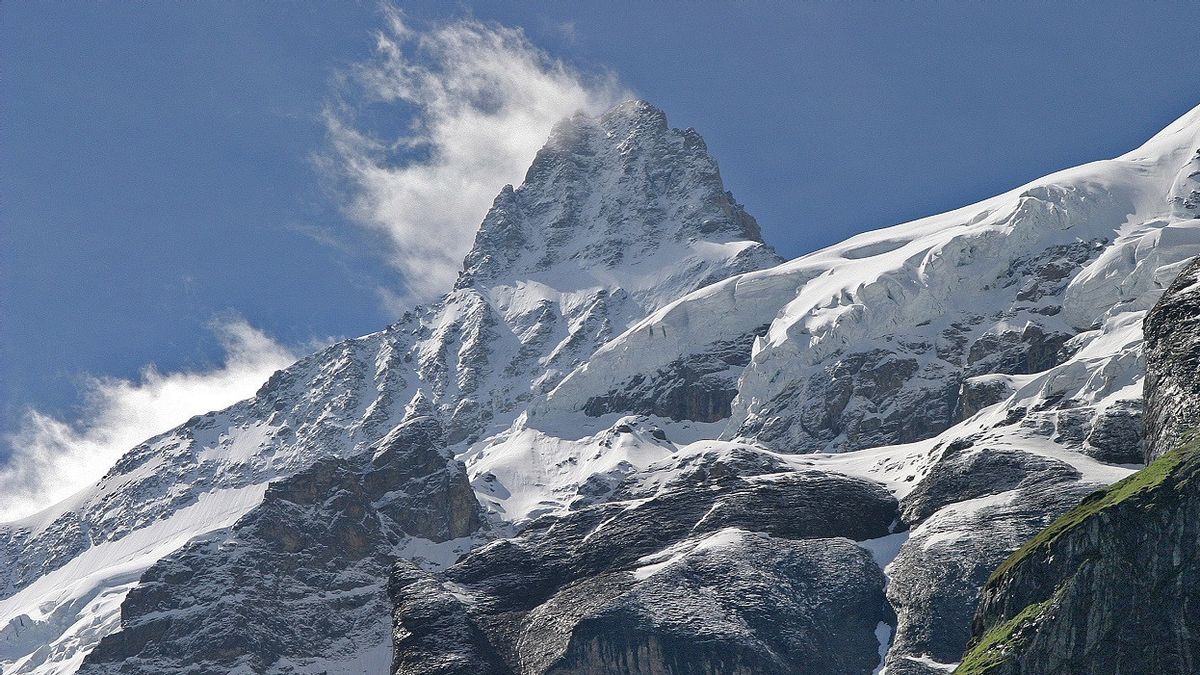JAKARTA - Swiss pellets melt at levels above average in 2024 as the hot summer melts through heavy snowfall, the GLAMOS monitoring body said earlier this month.
Glaciologists celebrated the harsh winter and spring in the Alps earlier this year, hoping this would signal a major drop in years or even a reversal of losses.
However, with the average temperature in August a few degrees above freezing, including at 3,571-meter Jungfraujoch station perched above the Alletsch Glacier, scientists measured record ice loss across the country that month.
Overall, GLAMOS says the Swiss glacier lost 2.5 percent of its volume this year above the average of the last decade.
"I'm afraid that this year will be the perfect year for glaciers, with a snowy winter and quite cold and rainy spring, but that number is still not enough," said GLAMOS Director Matthias Huss.
"If the trend we see this year continues, it will be catastrophic for the Swiss glacier," he added.
One of the factors accelerating the loss of this year's glaciers is dust from the Sahara Desert, the report said.
This dust makes the ice sheet brown or reddish, which hinders its ability to reflect sunlight back into the atmosphere.
Images uploaded by Huss on social media during the course of data collection in recent weeks show a muddy river flow winding through a very thin layer of ice so that rocks and pebbles burst out.
"There's really a connection you build with the location, with ice, and it's a bit painful to see how the stones just take over," he told Reuters earlier this month, as he measured ice in the Press Glacier, eastern Switzerland.
More than half of the glaciers in the Alps are in Switzerland, where temperatures have more than doubled from the global average temperature due to climate change.
SEE ALSO:
Previously, the Swiss Government gave approval to revise parts of its border with Italy, due to melting ice bars between the two countries that have turned watersheds into boundaries for the region.
If greenhouse gas emissions continue to rise, the Alps glacier is expected to lose more than 80 percent of its current mass by 2100.
Earlier this year, Europe's highest human rights court ruled that Switzerland was not making enough efforts to contain the impact of climate change. The Swiss government denies it.
The English, Chinese, Japanese, Arabic, and French versions are automatically generated by the AI. So there may still be inaccuracies in translating, please always see Indonesian as our main language. (system supported by DigitalSiber.id)


















